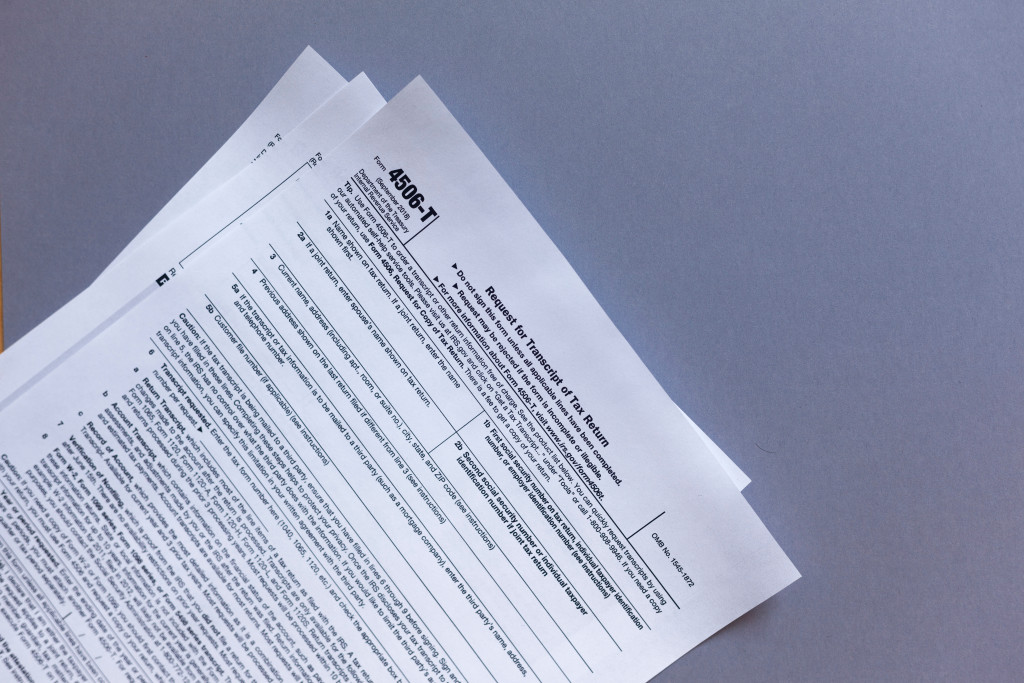- Review the available options when signing up for employee benefits plans and assess your needs and priorities.
- Consider all tax advantages offered by plans like HSAs, FSAs, or retirement accounts to reduce taxable income.
- Employers often include additional well-being programs to promote physical, mental, and emotional health.
- Seek an ERISA lawyer for legal guidance when dealing with employee benefits plans.
- Employee benefits plans offer various advantages, such as healthcare coverage, retirement savings, disability insurance, and paid time off.
Navigating employee benefits plans can be a complex and often overwhelming task, but employees and employers must understand the intricacies of these plans. Employee benefits attract and retain talent, provide financial security, and promote overall well-being. This essential guide aims to break down the key aspects of employee benefits plans, helping you make informed decisions that align with your personal and professional needs.
1. Understanding the Types of Employee Benefits Plans
Employee benefits plans come in various forms, each offering unique advantages. These typically include healthcare benefits, retirement plans, life, and disability insurance, paid time off, and more. Health benefits encompass medical, dental, and vision coverage, providing essential care and preventive services for you and your family.
Retirement plans, such as 401(k)s, offer a way to save for your future, often with employer contributions that boost your savings over time. Life and disability insurance provides financial protection to you and your loved ones during unexpected hardship. Paid time off, including vacation days and sick leave, supports your work-life balance and well-being.
When reviewing these benefits, carefully assess your needs and priorities. For instance, if you have a family, comprehensive health coverage might be a priority, while those closer to retirement might focus on maximizing their retirement plan contributions.
2. Navigating Enrollment and Plan Options
Enrollment periods and plan options can vary depending on your employer. You can review and select the benefits that best suit your circumstances during open enrollment. It’s crucial to familiarize yourself with the enrollment timeline, available plans, and any changes from the previous year. Take advantage of educational resources provided by your employer, such as workshops or informational materials, to fully understand your options.
When selecting plans, consider your anticipated medical needs, financial situation, and family requirements carefully. Compare coverage levels, deductibles, co-pays, and out-of-pocket maximums for healthcare plans. Assess the investment options, contribution limits, and employer-matching contributions for retirement plans. You can make well-informed decisions that align with your goals by conducting thorough research and seeking guidance if needed.
3. Maximizing Tax Advantages and Savings

Employee benefits plans often offer valuable tax advantages that can significantly impact your financial well-being.
Here are some tips on how to maximize tax advantages and savings:
Consider Your Filing Status
Your tax filing status can greatly affect the amount of tax you owe or the refund you receive. Look at all available options, whether you’re single, married, or have dependents, to find the status that provides the best tax benefits.
Make Use of Tax Deductions
Make the most of tax deductions available to you. Whether they’re related to your home, education, or business expenses, these deductions can significantly decrease your taxable income.
Explore Tax Credits
Tax credits directly reduce your tax bill, making them incredibly valuable. Familiarize yourself with credits you may qualify for, such as education or energy credits, and take advantage of them where possible.
Regularly Review Your W-4
Your W-4 determines how much tax is withheld from your paycheck. Regularly review and adjust this form, especially after major life events like marriage or the birth of a child, to ensure you’re not overpaying or underpaying taxes.
4. Work-Life Balance and Well-being Programs
Employee benefits extend beyond financial aspects and can significantly impact your overall quality of life. Many employers offer well-being programs that promote physical, mental, and emotional health. These programs may include gym memberships, wellness challenges, counseling services, and stress management resources. Prioritize these offerings, as they contribute to a positive work environment and your personal well-being.
Moreover, paid time off (PTO) is crucial to maintaining a healthy work-life balance. Use your PTO wisely to recharge and spend time with loved ones. Employers recognize the importance of PTO and its positive effects on productivity and employee satisfaction. When using your PTO, ensure proper communication and planning with your team to minimize disruptions and maintain a smooth workflow.
5. Consider the ERISA

The Employee Retirement Income Security Act (ERISA) is a federal law that sets standards for most voluntarily established pension and health plans in private industry. Navigating ERISA regulations can be complex, and it’s advisable to seek legal expertise when dealing with matters related to employee benefits plans. Working with a reputable ERISA lawyer specializing in this law area can provide essential guidance to employees and employers.
Whether you need assistance with plan documentation, understanding your rights under ERISA, or resolving disputes related to benefits, an ERISA lawyer can help ensure compliance and protect your interests. They can clarify legal requirements, assist in negotiations, and represent your case if necessary. Consulting an ERISA lawyer can prevent potential legal pitfalls and help you confidently navigate the intricate landscape of employee benefits plans.
To Wrap It Up
Navigating employee benefits plans requires a thoughtful and informed approach. By understanding the types of benefits available, making informed choices during enrollment, maximizing tax advantages, prioritizing work-life balance, and seeking legal guidance when necessary, you can confidently navigate the complexities of employee benefits plans. These plans are a cornerstone of your financial security and contribute to your overall well-being in both your professional and personal life.



